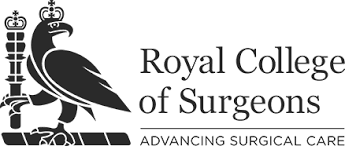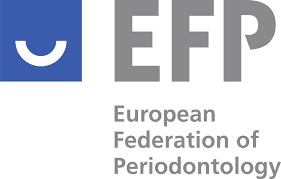

Our periodontist Dr Ruben Garcia is an internationally recognised specialist.
He is a consultant and clinical supervisor in Periodontics at Guy’s and St Tomas’ Hospital. He is currently focusing his research on the latest surgical techniques to maximise aesthetics in dental implants as part of his PhD.
With his knowledge and experience of gum tissue and bone augmentation, he can provide skilled periodontal surgery and aesthetic implant placement.
WHAT IS PERIODONTICS?
Periodontology or periodontics is the speciality of dentistry that studies supporting structures of teeth, as well as diseases and conditions that affect them. The supporting tissues are known as the periodontium, which includes the gingiva, alveolar bone, cementum, and the periodontal ligament.
SYMPTOMS OF PERIODONTITIS
Healthy gums are firm, pale pink and fit snuggly around teeth. Signs and symptoms of periodontitis can include:
- Swollen or puffy gums
- Bright red, dusky red or purplish gums
- Gums that feel tender when touched
- Gums that bleed easily
- Gums that pull away from your teeth (recede), making your teeth look longer than normal
- New spaces developing between your teeth
- Pus between your teeth and gums
- Bad breath
- Loose teeth
- Painful chewing
- A change in the way your teeth fit together when you bite
IS PERIODONTITIS REVERSIBLE?
There are varying degrees of periodontitis and the likelihood of reversing the loss of tooth structure depends on the severity thereof.
Treating periodontal disease in its preliminary stages is the key to preventing tooth loss as your gum tissue does not tegenerate the way other types of tissue do.
In the more advanced stages, whereby the attachment between the tooth and gum is lost (leaving receding gums and even wobbly teeth) more advanced treatment is needed.
Sometimes maintaining the gum levels with regular periodontal reviews and dental hygiene appointments will be recommended to prevent any progression of periodontitis.
WHAT ARE PERIODONTAL POCKETS?
If gingivitis is left untreated it will progress into periodontitis. This condition can cause a loss of attachment between your tooth’s surface and the surrounding supporting tissues, or the periodontium, causing “pockets” between your tooth and gum, much like a shirt cuff around a wrist.
Over time, these periodontal pockets become deeper, providing a larger space for bacteria to live. As bacteria develop around the teeth, they can accumulate and advance under the gum tissue.
WHAT IS PERIODONTAL TREATMENT?
If you have been diagnosed with periodontal disease early on, the good news is that it can be treated successfully.
The first nonsurgical step usually involves a very thorough, special cleaning called “scaling and root planning.” This step removes plaque and tartar deposits from the periodontal pockets and on the tooth and root surfaces.
This procedure helps gum tissue to heal and periodontal pockets to shrink. This is also called – “periodontal cleaning” or “deep cleaning.”
If the gums do not respond to nonsurgical treatment, then your periodontist may advise minimally invasive gum surgery to encourage the gum and the supporting structures to heal, providing a more stable foundation for your teeth.
It is important to know that if you are susceptible to periodontitis then your oral hygiene regime will need work. Your periodontist will teach you how to maintain an impeccable level of cleanliness and your recall interval with the dental hygienist will be increased.



